How to Choose the Best Rubber Gym Flooring for Your Fitness Space
When it comes to creating the perfect fitness space, selecting the right flooring is a crucial decision that can significantly impact both safety and performance. Among various flooring options available on the market, rubber gym flooring stands out as a top choice for both home gyms and commercial fitness centers. Its durability, shock absorption, and versatility make it ideal for a range of activities, from weightlifting to high-intensity training.
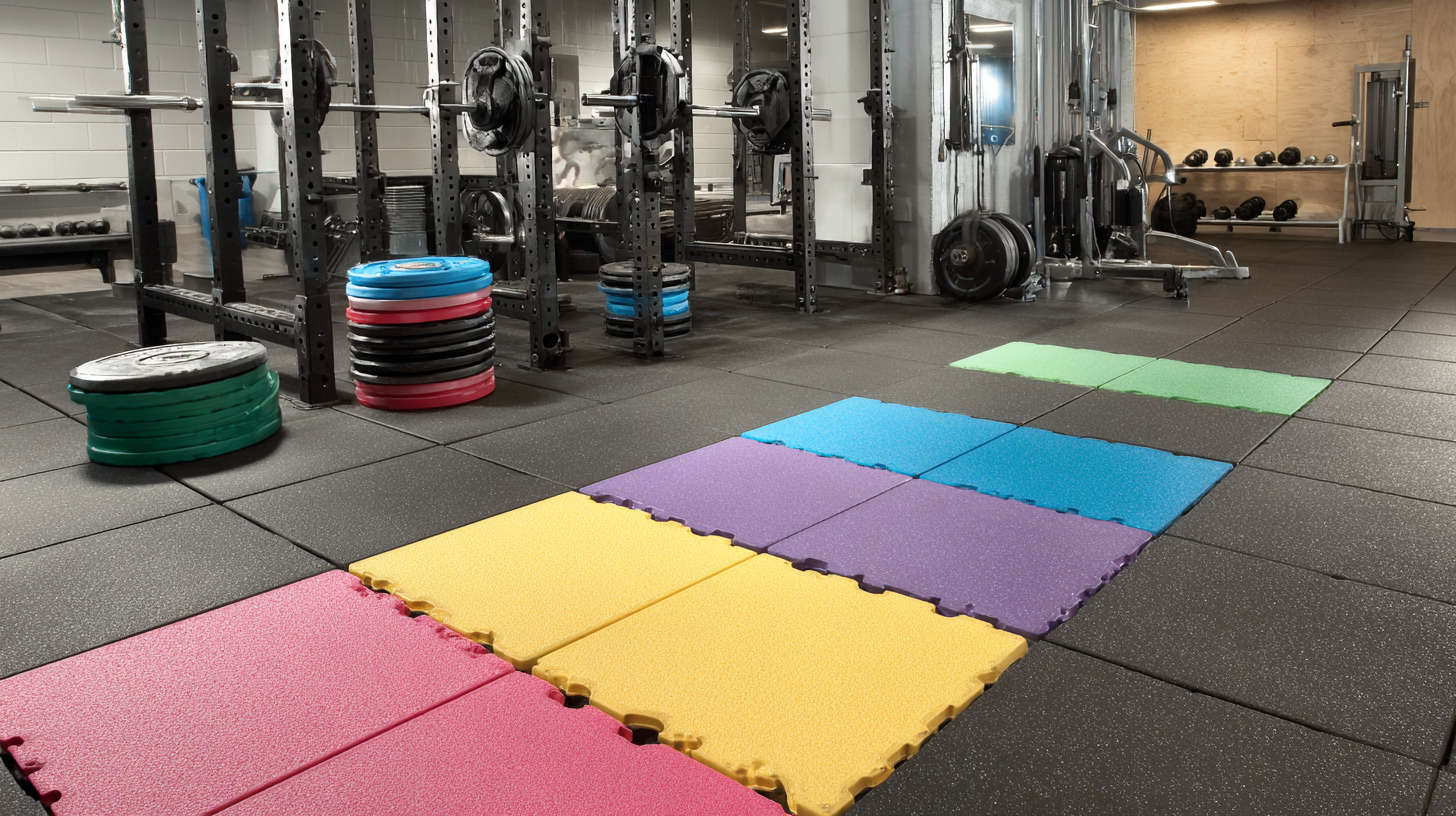
However, with so many varieties of rubber gym flooring available, it can be overwhelming to determine which type best suits your needs. In this guide, we will explore key factors to consider when choosing the best rubber gym flooring for your fitness space, ensuring you make an informed decision that enhances your workout experience while providing the necessary protection for your floors and equipment.
Factors to Consider When Selecting Rubber Flooring for Gym Spaces
When selecting rubber flooring for gym spaces, several key factors should be considered to ensure optimal performance and safety. One of the most critical elements is the thickness of the flooring. According to a report by the International Health, Racquet & Sportsclub Association (IHRSA), a thickness of at least 3/8 inch is recommended for areas with heavy equipment and free weights, as it provides adequate cushioning and impact absorption, which can prevent injuries.
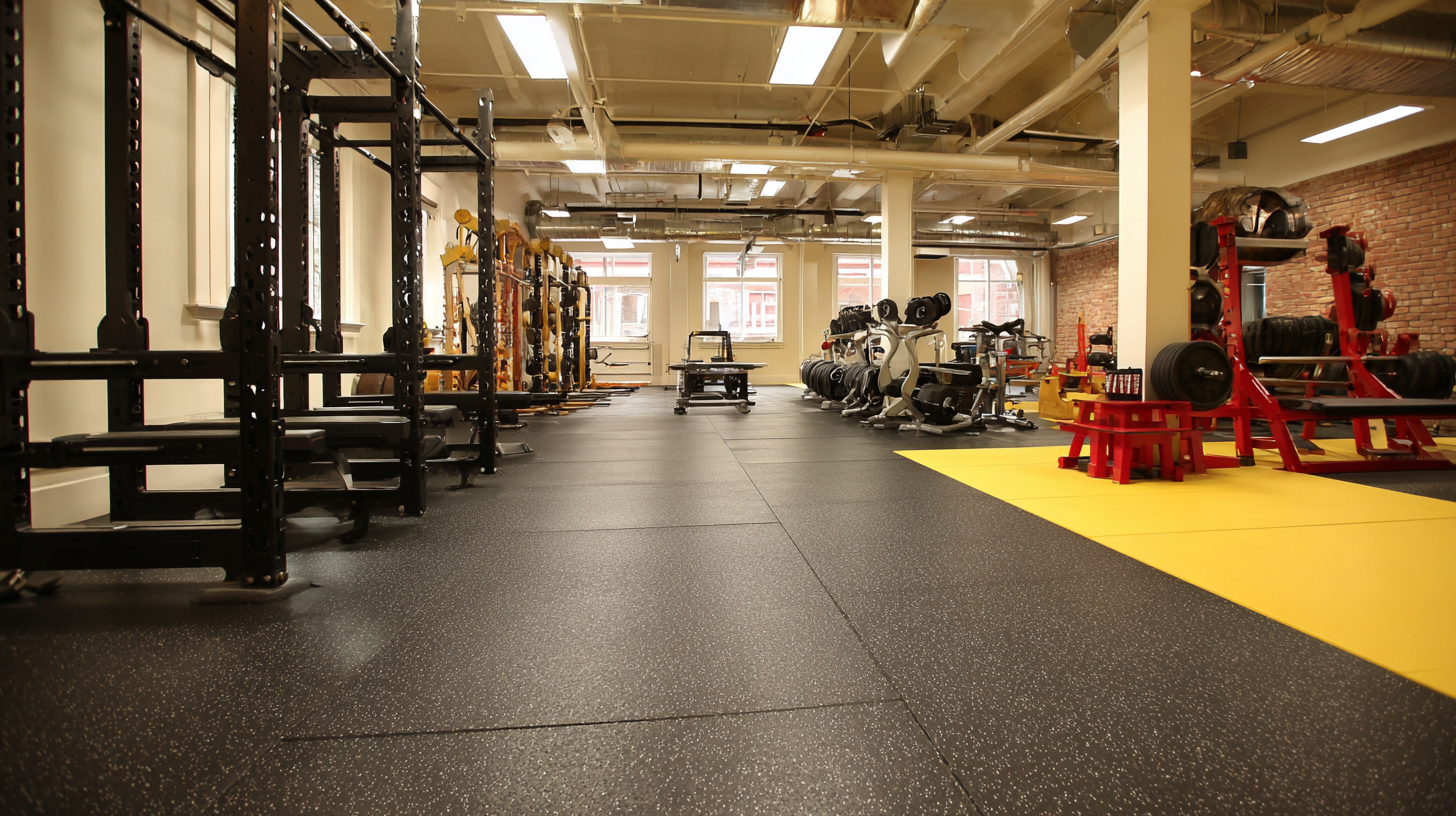
Another significant aspect is the flooring's surface texture and slip resistance. The American Society for Testing and Materials (ASTM) suggests that gym floors should have a coefficient of friction of at least 0.5 to reduce the risk of slipping during workouts. Furthermore, compatibility with cleaning agents is vital, as gym environments require frequent sanitation to maintain hygiene standards. Rubber flooring should resist degradation from common cleaning chemicals while also being easy to maintain, enhancing the longevity of the investment. Ultimately, careful consideration of these factors will lead to a safer and more effective fitness space.
Types of Rubber Flooring Materials Suitable for Various Fitness Activities
When selecting rubber flooring for your fitness space, it’s essential to understand the types of rubber materials available, as each is suited for different activities. If you are setting up a weightlifting area, consider using dense rubber tiles or rolls that provide excellent shock absorption and can withstand heavy weights. These thicker options not only protect your subfloor but also minimize noise and impact, which is crucial for maintaining an optimal training environment.
For multi-purpose fitness areas, interlocking rubber mats offer versatility and ease of installation. They can accommodate a variety of workouts, from yoga sessions to high-intensity interval training, without sacrificing durability. Additionally, softer rubber flooring options like foam-rubber hybrids can be ideal for areas dedicated to cardio kickboxing or dance classes, as they provide a cushiony, slip-resistant surface, ensuring safety during dynamic movements. Each rubber flooring type enhances the functionality of your fitness space while supporting the specific requirements of your training regimen.
Comparison of Rubber Gym Flooring Types by Fitness Activity
Evaluating Durability and Maintenance Needs of Rubber Gym Flooring
When selecting rubber gym flooring, evaluating its durability and maintenance needs is crucial for maximizing your investment. Rubber flooring is renowned for its resilience, often able to withstand heavy weights and high-impact activities without damage. When looking at durability, consider the thickness of the flooring; thicker tiles generally provide better cushioning and longer-lasting performance. Look for products with a high density rating, as they are less prone to wear and tear over time.
Maintenance is another vital factor to consider. Rubber gym floors are relatively low-maintenance but still require regular cleaning to prevent odors and stains. It's advisable to use a simple mixture of warm water and mild detergent for routine cleaning. Avoid harsh chemicals that can degrade the rubber over time. Additionally, place mats in high-traffic areas to minimize wear in those spots.
Tips: To maintain your rubber gym flooring, sweep regularly to remove dirt and debris, and consider using a floor protector under heavy equipment to reduce indentations. For moderate spills, prompt cleanup will help maintain the flooring's appearance and longevity. Lastly, always refer to the manufacturer's care instructions for specific maintenance guidelines tailored to your flooring type.
Understanding the Importance of Thickness and Shock Absorption
When selecting rubber gym flooring, understanding the significance of thickness and shock absorption is crucial for optimizing both safety and performance. According to a report by the International Health, Racquet & Sportsclub Association (IHRSA), proper flooring can reduce injury risk by up to 50%, making it an essential component of any fitness environment. Thicker mats generally provide better shock absorption, which is vital for high-impact workouts like weightlifting and plyometrics. For instance, gym floors that are at least 3/8 inch thick are often recommended for moderate-impact activities, while more intense workouts may require floors that are 1/2 inch thick or more.
Tip: When choosing your gym flooring, consider the type of exercises you'll perform. If your space will accommodate plyometric training or heavy lifting, opt for a thicker material to ensure adequate shock absorption.
Furthermore, shock absorption is not just about comfort; it also plays a vital role in protecting your joints and enhancing overall workout performance. Data from the National Strength and Conditioning Association highlights that effective shock-absorbing surfaces can alleviate impact stress by nearly 30%, fostering better long-term health for users.
Tip: Test flooring samples by jumping or exercising on them to assess their comfort and support. This hands-on approach can help ensure you select the best material for your needs.
How to Choose the Best Rubber Gym Flooring for Your Fitness Space
| Thickness (inches) | Shock Absorption (Rating) | Durability (Years) | Slip Resistance (Rating) | Price per Square Foot ($) |
|---|---|---|---|---|
| 0.25 | 3/5 | 5 | 4/5 | 2.50 |
| 0.5 | 4/5 | 7 | 4.5/5 | 3.00 |
| 0.75 | 5/5 | 10 | 5/5 | 3.50 |
| 1.0 | 5/5 | 15 | 5/5 | 4.00 |
Cost Comparison: Budgeting for High-Quality Rubber Gym Flooring Options
When choosing the best rubber gym flooring for your fitness space, it's essential to consider your budget while ensuring durability and functionality. High-quality rubber flooring can significantly enhance your workout environment, providing comfort and safety with its shock-absorbing properties. However, prices for rubber flooring can vary widely, making it crucial to compare options within your budget.
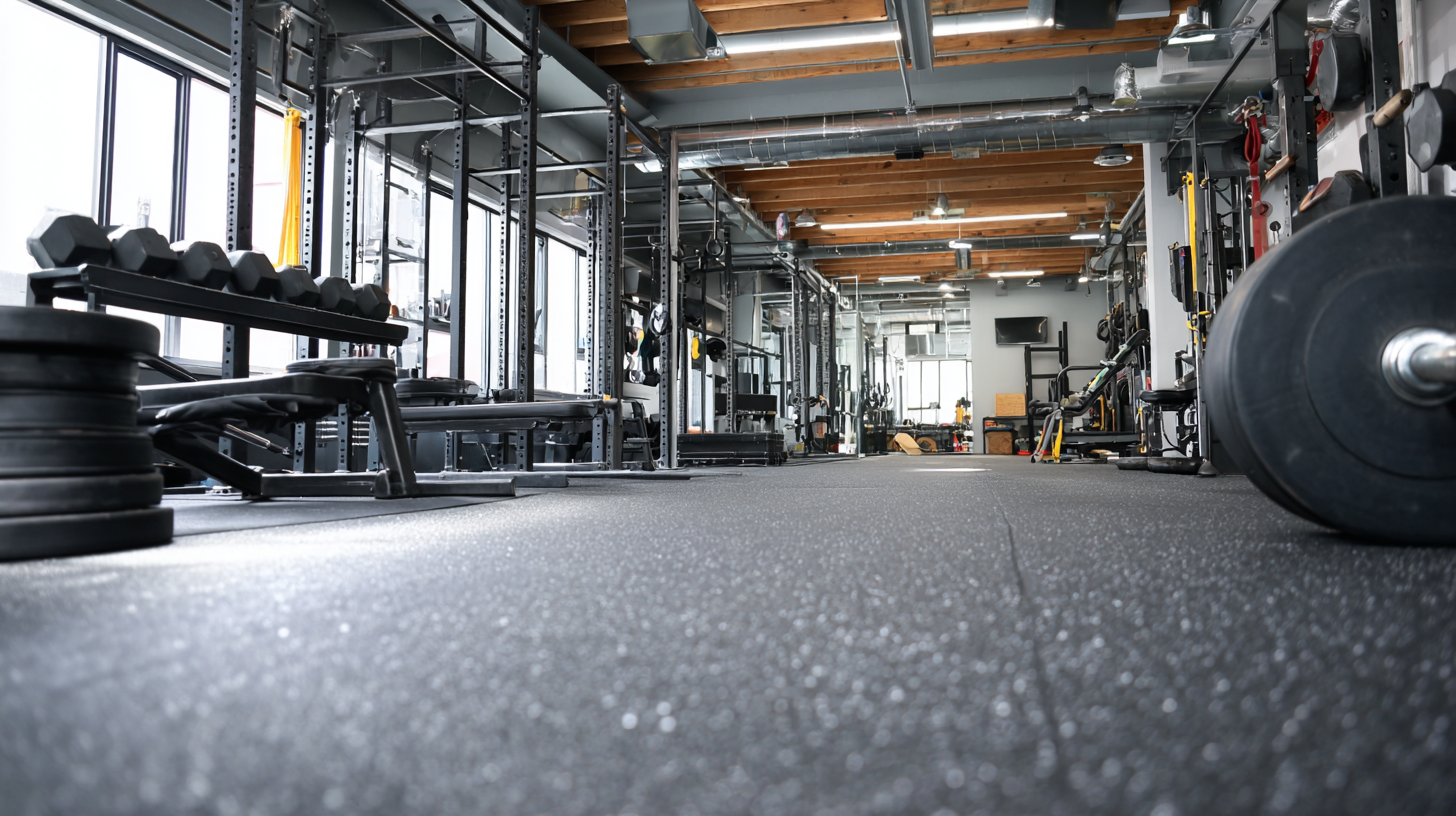
For those seeking affordability without compromising quality, there are several options available that offer excellent value. While some high-end rubber flooring products can be quite expensive, you can find budget-friendly alternatives that still provide the necessary performance and longevity required for a home gym. Researching different brands and materials will not only help you find the best price but also ensure that your investment supports your fitness goals.
Related Posts
-
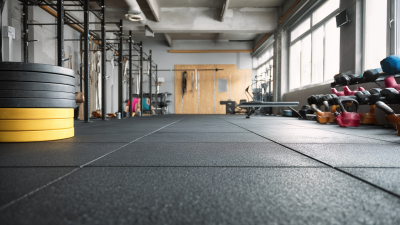
7 Essential Reasons to Choose the Best Rubber Gym Flooring for Your Fitness Facility
-

Creative Uses of Rubber Gym Flooring: Inspiring Examples for Modern Fitness Spaces
-
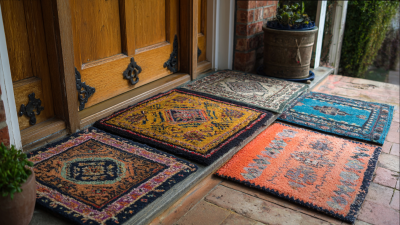
How to Choose the Perfect Outside Door Mats for Your Home Decor
-
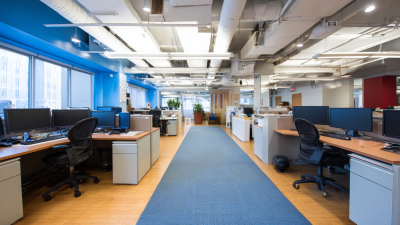
Solutions for Choosing the Best Commercial Mats for Your Business Needs
-
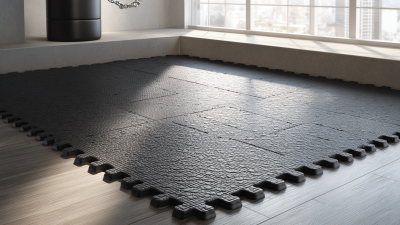
How to Choose Interlocking Floor Mats for Maximum Durability and Comfort in Your Space
-
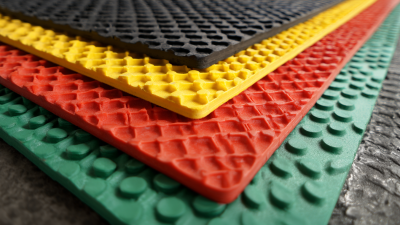
Innovative Uses of Best Rubber Mats in Diverse Industries Across the Globe
